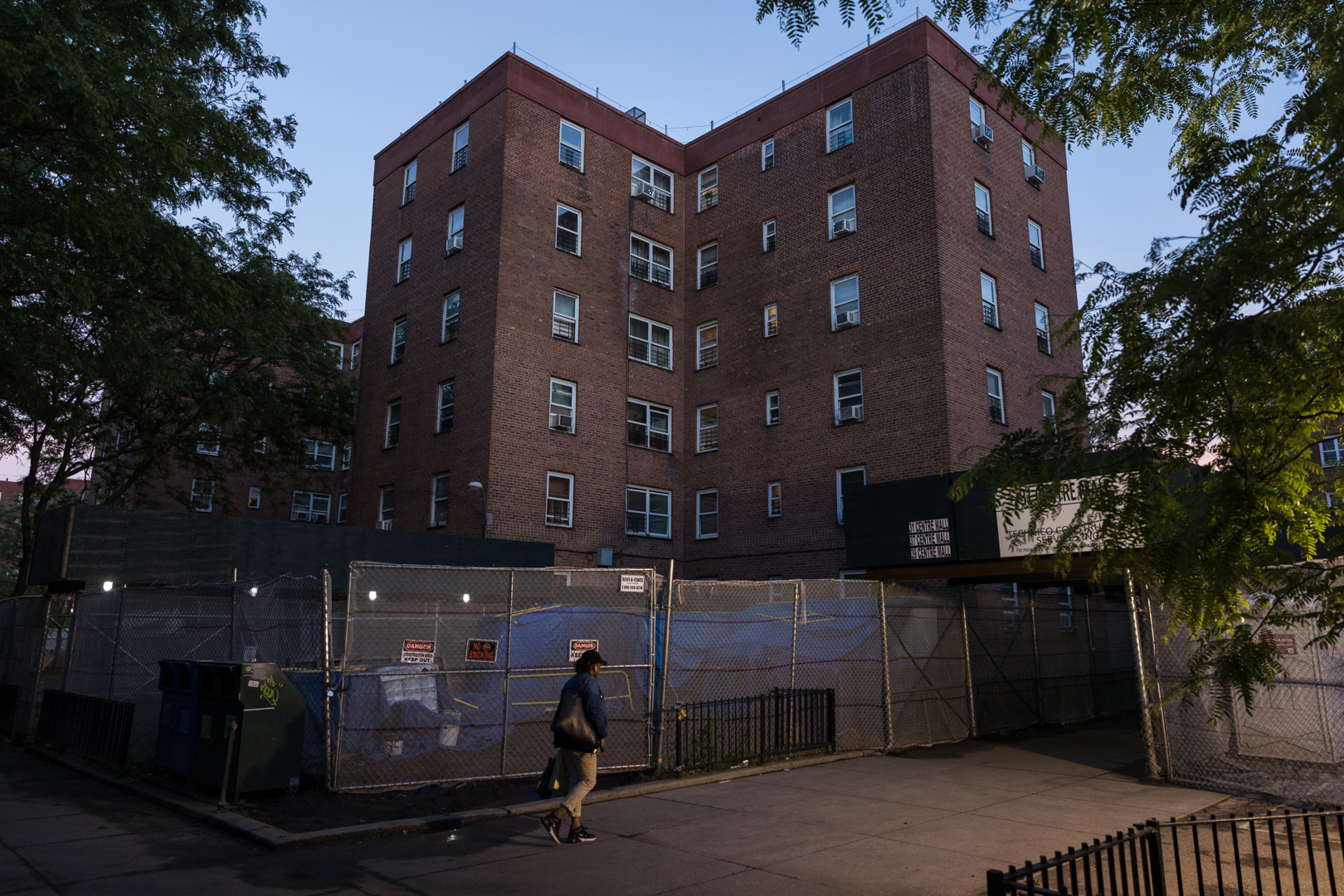44 murders occurred on NYCHA property in the past year. The majority were in Brooklyn.

More than half of all murders on NYCHA properties over the past year took place in Brooklyn, even though the borough is home to only a third of the public housing population citywide, according to statistics obtained by the Brooklyn Eagle.
A total of 44 people citywide were murdered on NYCHA property between June 4, 2018, and June 3, 2019, according to figures provided by the housing authority in response to a Freedom of Information Law request. Brooklyn accounted for 25 of those murders — 57 percent.
Though Brooklyn is home to the largest number of NYCHA residents of any borough, its public housing population still makes up only 34 percent of the nearly 400,000 NYCHA residents across New York City.

Brooklyn Boro
View MoreNew York City’s most populous borough, Brooklyn, is home to nearly 2.6 million residents. If Brooklyn were an independent city it would be the fourth largest city in the United States. While Brooklyn has become the epitome of ‘cool and hip’ in recent years, for those that were born here, raised families here and improved communities over the years, Brooklyn has never been ‘uncool’.